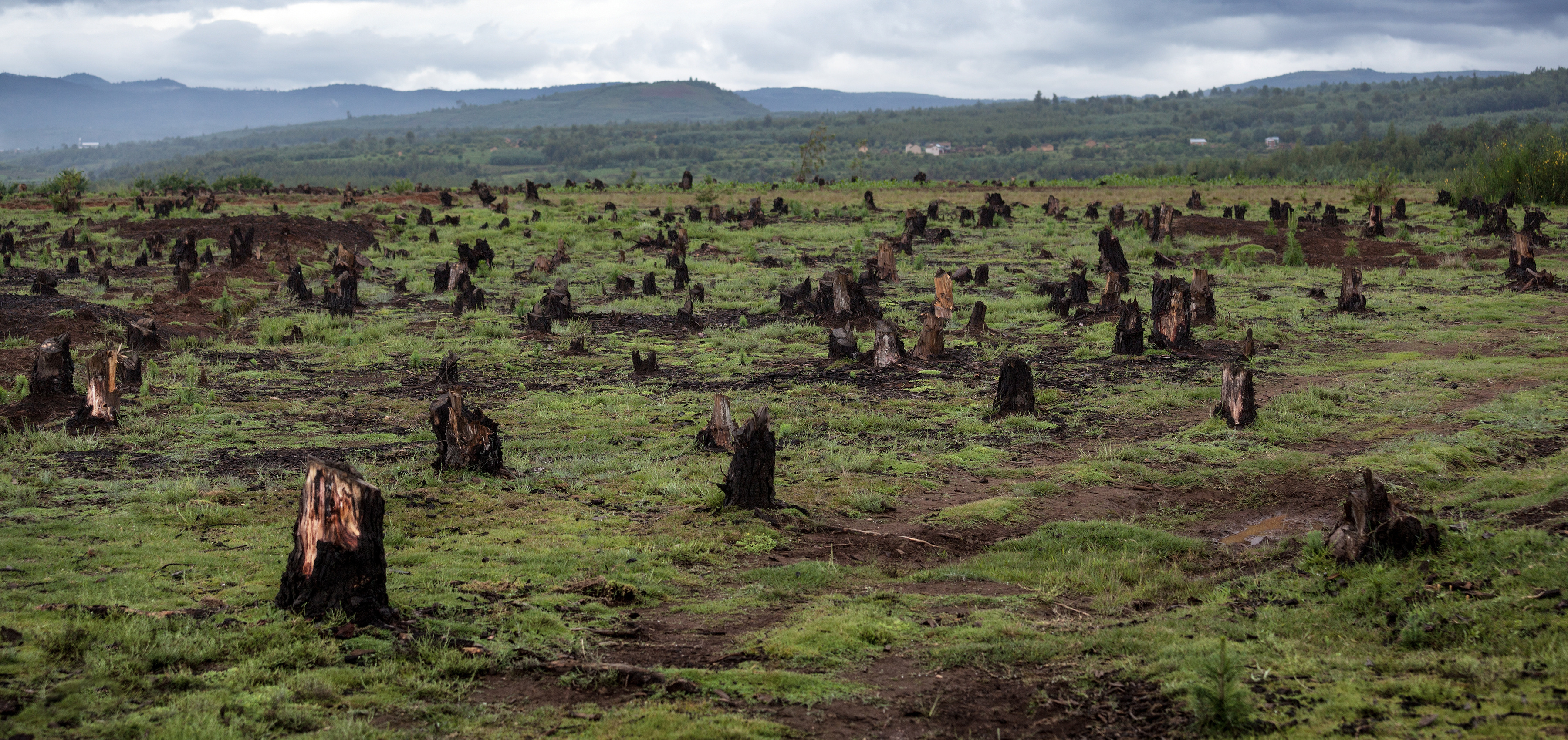The World Is Losing An Area Of Forest Equivalent To The UK Every Year
Tags: opinion

By Mandy Froelich / Truth Theory
Do you love the planet? If so, what are you doing to reduce your carbon footprint and live a more sustainable life? Some of the ways I strive to do this is by eating plant-based, ride an electric scooter around town, and educate others about healthy living and environmental degradation. I can’t solve this conundrum on my own, however, which is why each of needs to be the change they hope to see. And if there was ever a time, it is now.
According to a new study published by Climate Forest, an area of forest, roughly the size of the UK, is being lost every year. The primary culprits are climate change and deforestation. So far, the rate of loss has reached 26m hectares, or 64m acres a year.
Perhaps most concerning, the rate of loss has accelerated in the past five years, despite pledges made by the government to reduce deforestation and plant more trees. In 2014, the New York declaration on forests was signed at the UN. It required countries to halve deforestation by 2020 and restore 150m hectares of degraded or deforested forest land. In the five years since, the rate of tree cover loss has increased by up to 43%.
“We need to keep our trees and we need to restore our forests. Deforestation has accelerated, despite the pledges that have been made,” said Charlotte Streck, a co-founder and the director of Climate Focus. As The Guardian reports, the ultimate goal of the declaration, to halt deforestation by 2030, now seems even further away.
The issue is one everybody needs to be talking about, as it directly affects current and future generations. Jo House, a reader in environmental science and policy at the University of Bristol, explained:
“Deforestation, mostly for agriculture, contributes around a third of anthropogenic CO2 emissions. At the same time, forests naturally take up around a third of anthropogenic CO2 emissions.
“This natural sink provided by forests is at risk from the duel compounding threats of further deforestation and future climate change. The continued loss of primary forests, at ever-increasing rates, despite their incalculable value and irreplaceability, is both shocking and tragic.”
According to the report, one of the primary difficulties is that of gaining private sector support and investment for keeping forests standing. There may be clear economic benefits to clear-cutting, in the form of timber produced, but few investments exist to ensure existing forests remain healthy. Another challenge is that many governments offer subsidies to agriculture. This, in turn, provides incentive for deforestation.
Over 5000 people have downloaded our free ebook “Growth Hacking Tips And Rituals For Optimal Living” CLICK HERE to get your free copy now
In the past, consumers have proven that they can affect change by pressuring governments and corporations. For instance, the rate of loss of primary forest in Indonesia slowed by nearly one-third between 2017 and 2018. This is because shoppers became better-informed about palm oil and the unsustainable effects of harvesting it. Wetter weather also helped, as it reduced forest fires.
It is going to require work for world leaders to outline a new plan to tackle the climate emergency by 2030. But as Streck explained, the failure to meet the five-year deadline “undercut the value of such promises if they were not backed up with finance, detailed plans and on-the-ground implementation.” In other words, it’s time for the people to take charge.
“We don’t need more important guys standing up making pledges,” said Streck. “We need to go beyond declarations. Implementation is complicated, but it’s what we need.”
What are your thoughts? Please comment below and share this news!
IMAGE CREDIT: mihtiander
Leave Comment: